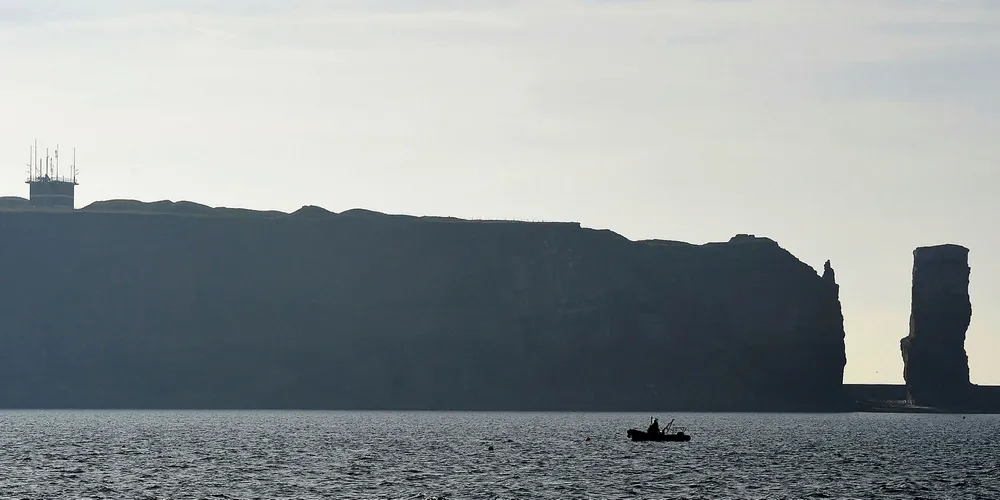Little German island goes big with plans for 10GW offshore wind to hydrogen hub
The AquaVentus initiative centred around Heligoland plans to produce green hydrogen at sea from offshore wind and transport it to land via dedicated pipelines

The AquaVentus initiative centred around Heligoland plans to produce green hydrogen at sea from offshore wind and transport it to land via dedicated pipelines
